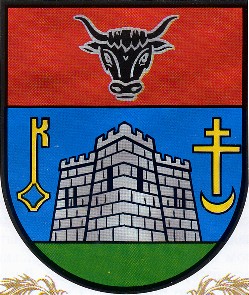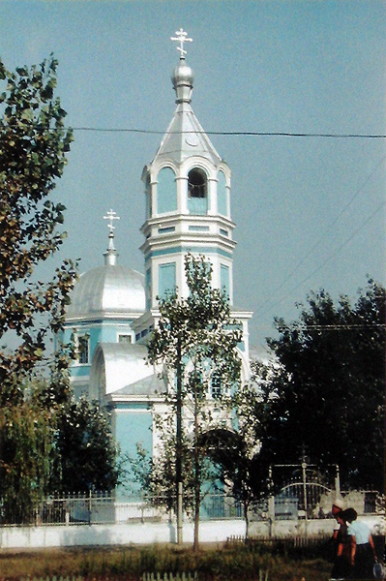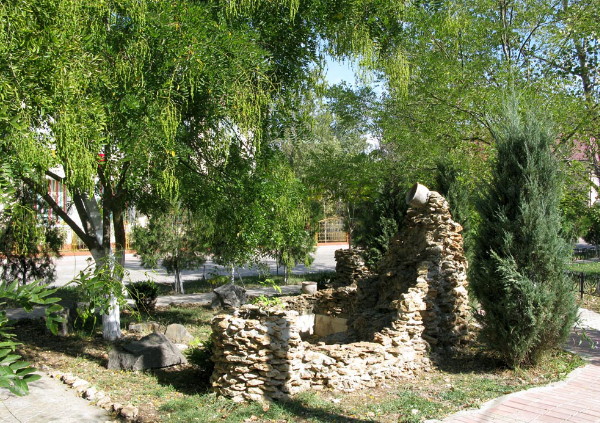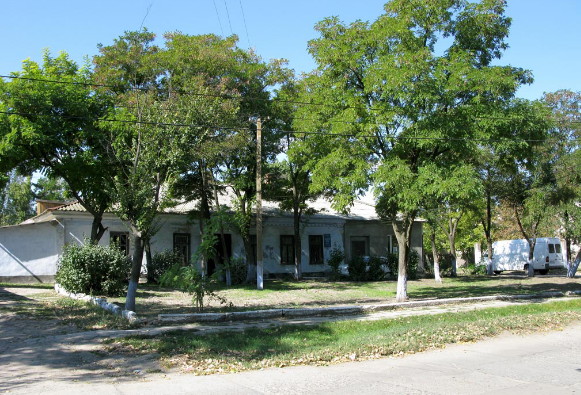Kiliia
Kiliia [Кілія; Kilija]. Map: VIII-10. City (2011 pop 20,829), fluvial port in southern Bessarabia, and raion center in Odesa oblast situated on the left bank of the Kiliia Channel of the Danube River Delta 40 km from the Black Sea. It was first mentioned in the late 7th century BC as the Greek polis of Licostomo. Kiliia belonged to Kyivan Rus’ from the 10th century AD and the Principality of Galicia-Volhynia from the early 13th century. Because of its commercial importance and strategic location on the delta it was an object of conquest, and from the 14th century on it was besieged and changed hands numerous times. It was ruled by Hungary (1353–9, 1448–65), Wallachia (1404–27), and Moldavia (1359–1403, 1427–48, 1465–84) before falling to Turkey (1484–1812). Its citadel (built in 1479) controlled traffic on the delta. As a Turkish port, Kiliia was plundered by Cossacks led by Hryhorii Loboda and Severyn Nalyvaiko (1594–5), Ivan Sulyma (1635), and Semen Palii (1693). During the Russo-Turkish wars it was held by Russian forces in 1770–74, 1790–1, and 1806–12. Formally ceded to the Russian Empire in 1812, it was restored to Turkey after the Crimean War (in 1856), but was again ceded to Russia in 1878. In 1897 its population of 11,600 consisted of 4,500 Ukrainians, 2,500 Moldavians, 2,200 Russians, and 2,150 Jews. One of the largest trading cities on the Danube River, after the First World War Kiliia was ceded to Romania. From June 1940 to July 1941 it was occupied by Soviet troops, and since August 1944 it has remained a Soviet city. It is one of the major shipping and fishing centers on the Danube. Ship-repair yards are located in its harbor, and its industries manufacture bricks, asphalt, flax fiber, essential oils, and food products. A monument to Hetman Bohdan Khmelnytsky, remains of the citadel, a 16th-century Greek church, St Nicholas's Church (1648), and the Holy Protectress Cathedral (1836) are found there.
[This article originally appeared in the Encyclopedia of Ukraine, vol. 2 (1988).]

.jpg)


.jpg)
